Main Street has long been a central district of Burlington. As the city has had its ups and downs, so has Main Street. From the boom of the Gilded Age with the construction of buildings like the Hotel Vermont and Union Station due to the increase in demand of transportation, to the burned-out remnants of the old Woodbury Armory in 2003, Main Street has always represented a feel and life of the city of Burlington. With the new revitalization efforts of the downtown and the Lake Champlain waterfront continuing to bring new life to the city, there have been many buildings that have contributed to the history of Burlington. In the Main Street corridor three distinct buildings weave their stories into the greater story of the city of Burlington.
Union Station
At the west end of Main Street stands Union Station, which for decades served as a link from Burlington to the rest of the world. This was described as a “handsome and well-appointed structure” by the Burlington Free Press when it first opened on January 23, 1916.1
 Figure 1. Union Station, view looking west, circa 1986. Thomas Visser, photographer
Figure 1. Union Station, view looking west, circa 1986. Thomas Visser, photographer
A magnificent undertaking by Vermont’s two major railroad companies, The Rutland Railroad and the Central Vermont Railroad, it was only fitting for the first train to be the 9:30 from Rutland. The beautiful interior of the building was described in the same article, mentioned the beautifully crafted Vermont granite and white oak used within the building painting a beautiful image. The postcards capture what Union Station looked like during the decades it stood at the foot of Main Street. The interior of the building was decorated with the long benches and open space commonly found in many rail stations at the time. However the construction of the building was not without its hurdles, financing, payment and many other obstacles effected the construction of Union Station.

Figure 2. Interior of Union Station, 1919. Postcard from Library of Congress accessed at www.loc.gov/
For the next nearly forty years, Union Station would serve as a key part to the community, affording travel to both near and far. From Montreal to New York and Boston, the railroad would carry both freight and travelers through and to Burlington, opening the city to many new options. By 1926 Union Station was handling fifty-five passenger and freight trains a day, as well as all of the mail for Burlington.2
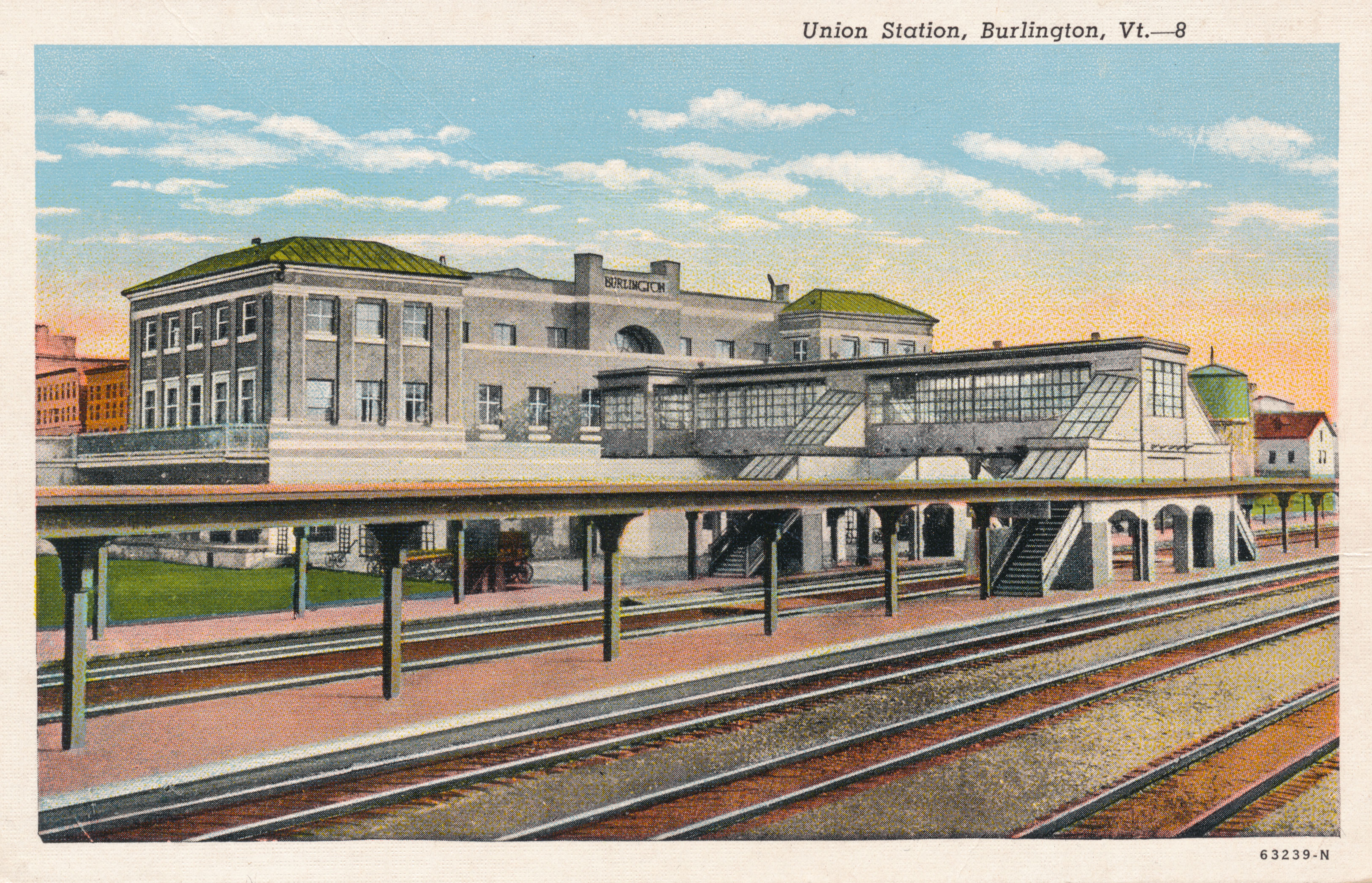
Figure 3. Union Station, 1920. Postcard from Library of Congress accessed at www.loc.gov/
However as was the case with most rail travel and rail use in the United States, the automobile become a more convenient and sometimes a cheaper method of travel, and in 1940 a large portion of Union Station was purchased by the Green Mountain Power Company and divided into office space.3 With the railroad declining in popularity, the final blow came in 1953 when with a strike on the Rutland Railroad where hundreds of employees left over a wage dispute resulting in the shutting down of the railroad and closing the books on the passenger rail service of Union Station. A few years later in 1955 the building was purchased in whole by Green Mountain Power Company to serve as their offices for many years to come.4
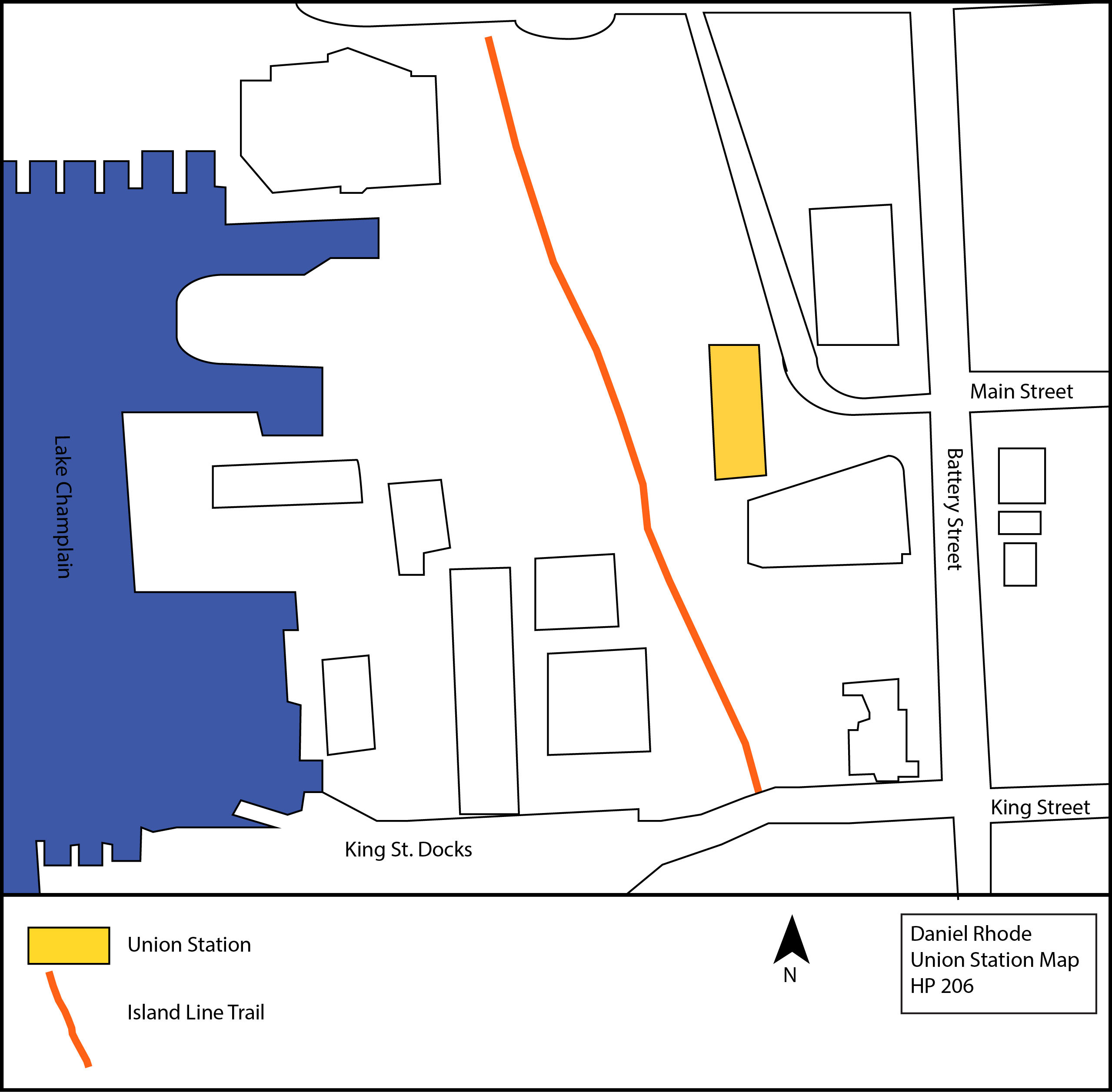 Figure 4. Map of Union Station site
Figure 4. Map of Union Station site
The Main Street Landing Company purchased Union Station from Green Mountain Power Company in 1987. This served as part of the revitalization effort for the greater downtown Burlington area and specifically along the waterfront of Lake Champlain. This was one of the first efforts to bring back life into an area that had suffered over the years from lack of care, upkeep and financial downturns. The Main Street Landing Company divided Union Station into multiple art studio and small offices, encouraging businesses to help boost the economy of downtown Burlington. With the success of the rehabilitation of this building, Main Street Landing Company has also promoted a bold plan to bring back passenger rail service to the area and in 1997-98 built an addition onto the building.5
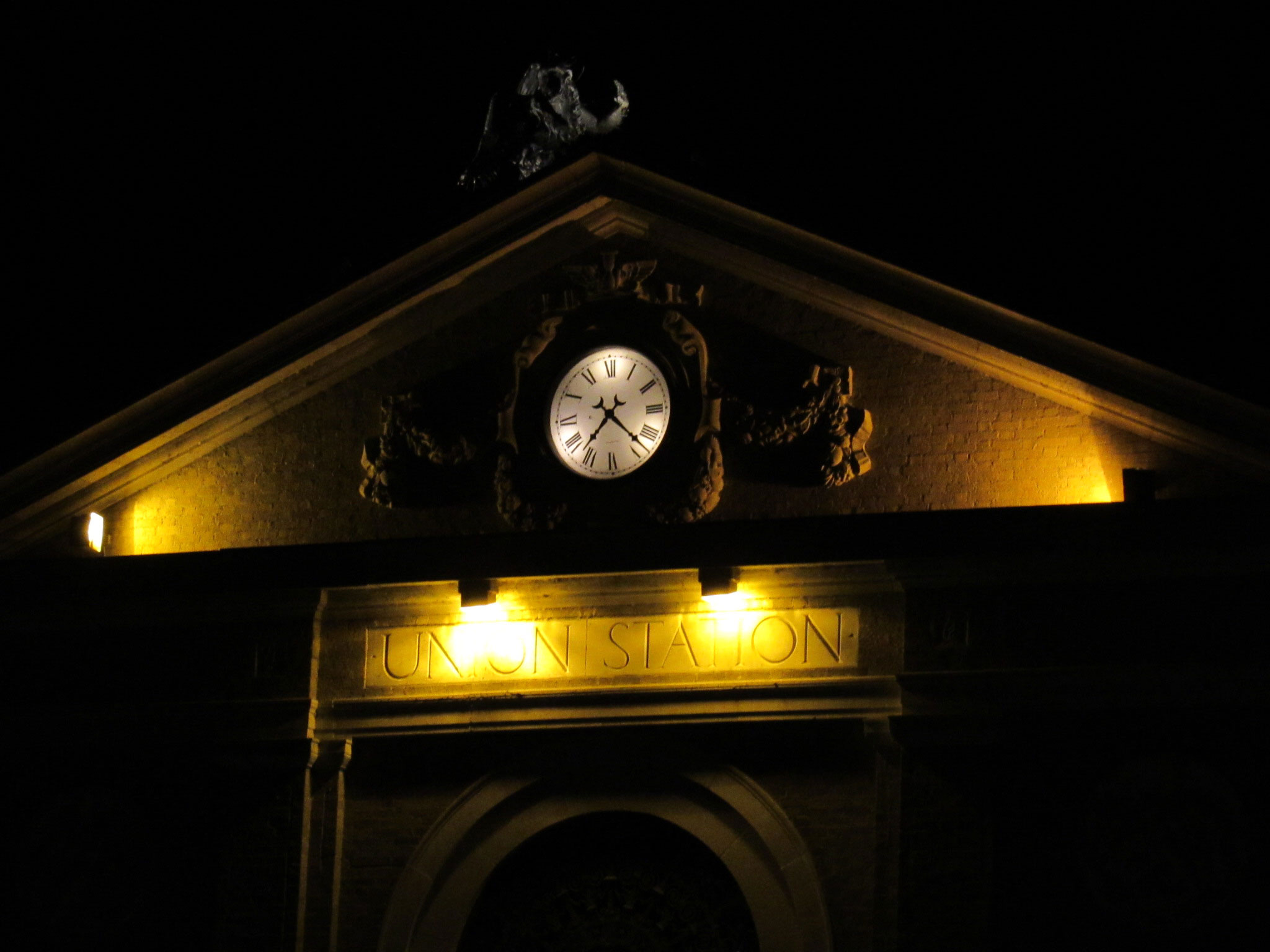
Figure 5. Union Staion lit up at night 2015. Photo by Dan Rhode
Woodbury Armory
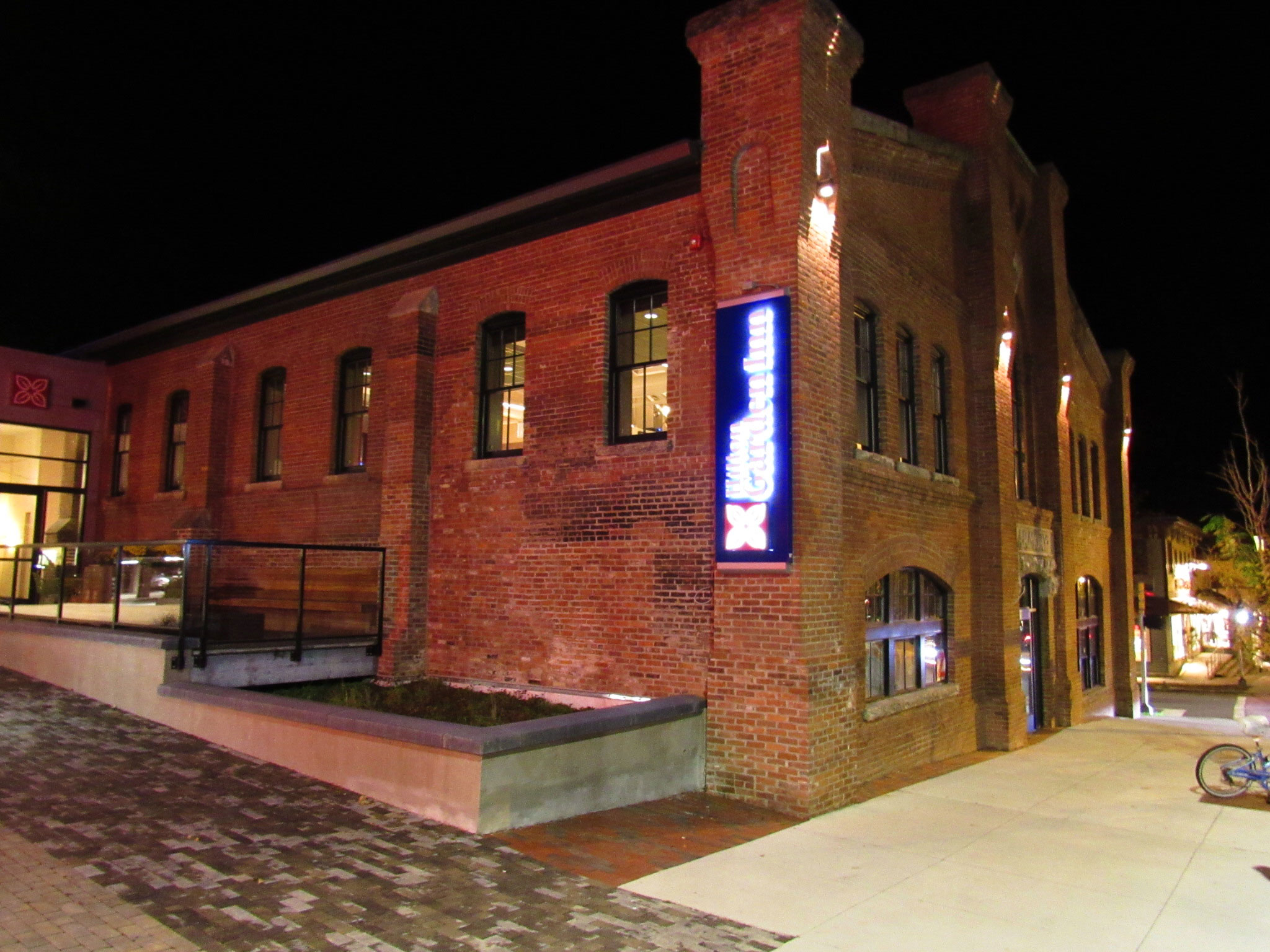
Figure 6. The Burlington Armory at night. Photo by Dan Rhode
As we move east up Main Street, the next building from this project that we include is the Armory located at #101 Main Street.
Constructed in the fall of 1904 by the then ex-governor Urban A. Woodbury, it was built as an armory and housing area for the Vermont National Guard. It is also worth noting that at the time of the construction the ex-governor’s son, Edward P. Woodbury, was the captain of the Vermont National Guard.6
The Burlington Free Press describes the building in a brief article in the November 3, 1904 edition. It describes the steel girders that span the roof allowing for the large open spaces, the two-story construction, and the hard wood floors that would make for excellent drill space and a wonderful place for balls.7 The Armory was formally dedicated on January 20th of 1905 with a grand military ball attended by many prominent people.8
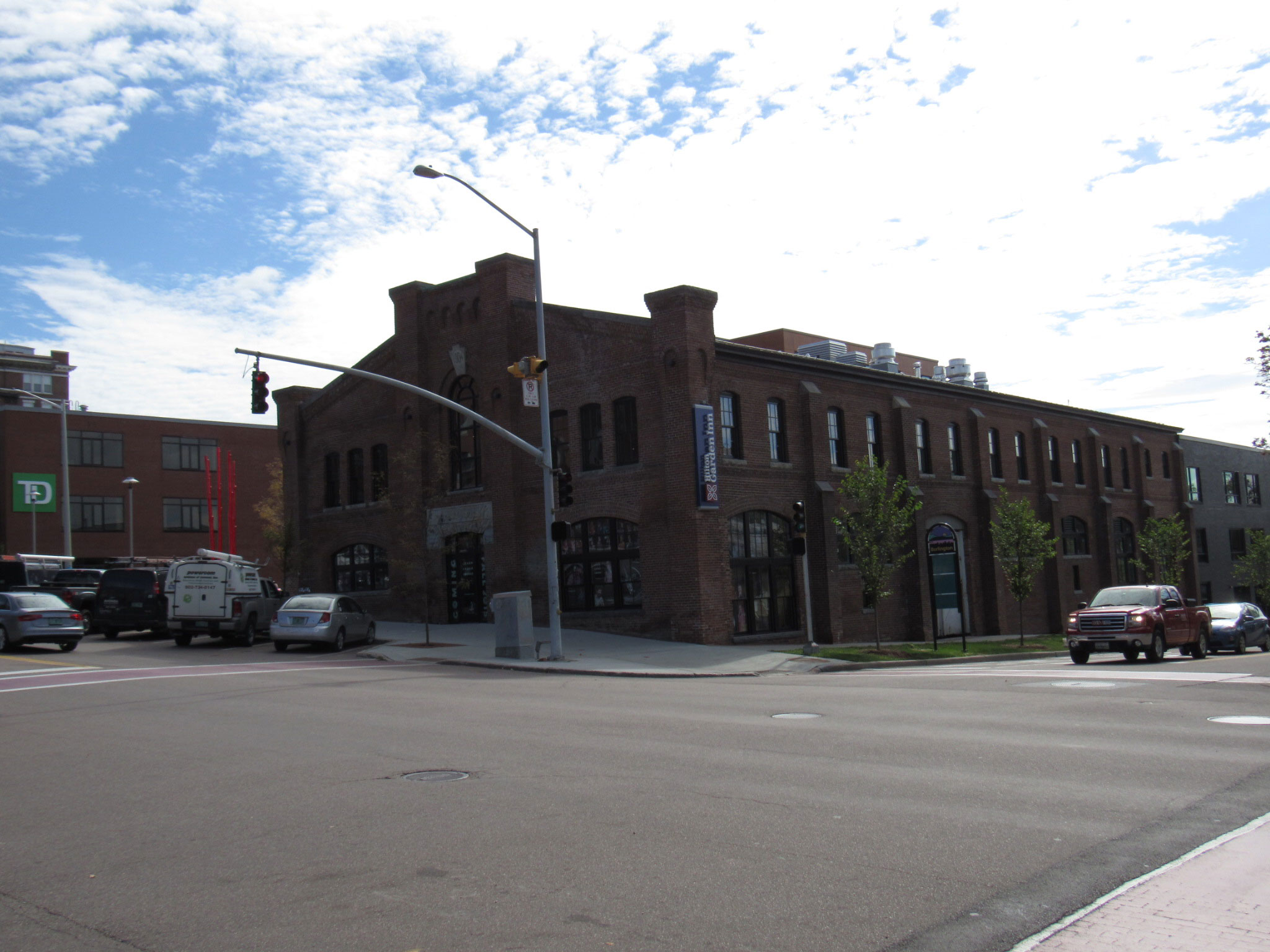
Figure 8. Burlington Armory. Photo by Dan Rhode
With an increasing demand for available space the armory expanded the rear section of the large hall in 1907 to boost the capacity to around 1,250 people. In combination with the other hall on the same floor, the space could hold approximately 2,000 people and would be rented for many social occasions. When not in use by the National Guard, the area was turned into a skate rink.9
In 1911 the Armory was used to host the first major automobile show in Vermont. The show had over thirty-five cars on the lower first floor of the building and hosted booths and accessories on the second story.10 The theme of transportation would be common in the use of the armory as it afforded the space required for vehicles. Most of this space was open and the building was built solidly and strong.
In 1919 the National Guard let their lease on the building expire and moved locations. The lease was picked up by Leroy Dopp, a car salesman. Under Dopp's new supervision, many interior renovations were done to the Armory including, and likely the most obvious, the addition of a large elevator to help move cars from the first story to the second story to help with repairs and upkeep of the cars. The building would continue to be used for both selling cars and storage of vehicles until October 1939, when it was purchased by Riverside Paper Company.
From 1939 to 1967, the old armory was owned by the Riverside Paper Company and mostly used as a production facility. However in 1967 with the paper company moving into the Chase Mill, the building was assessed by the Keclif Construction Company who said that it “demonstrated how a basically solid older building can, with skilled planning, be made modern and function,” according to a Burlington Free Press article from March 2, 1967.11 Eugene Alexander was the architect to take on the challenge and is to be credited with many of the designs that helped bring the building back to life.12
The building has passed between many owners since 1967. It has functioned as a night club on some occasions. Then in 2003 a serious fire destroyed the interior of the structure, leaving a hollowed out and boarded up shell of the old armory in downtown Burlington.
In 2013 a new use was proposed for the old armory to convert it to be part of a new Hilton Garden Inn in Burlington. The Armory was purchased by the Redstone Company and the top floor was remodeled into a new lobby and restaurant to be part of the hotel. As of late 2015, the bottom floor of the Armory was being remodeled for the November opening of the Burlington Comedy Club.
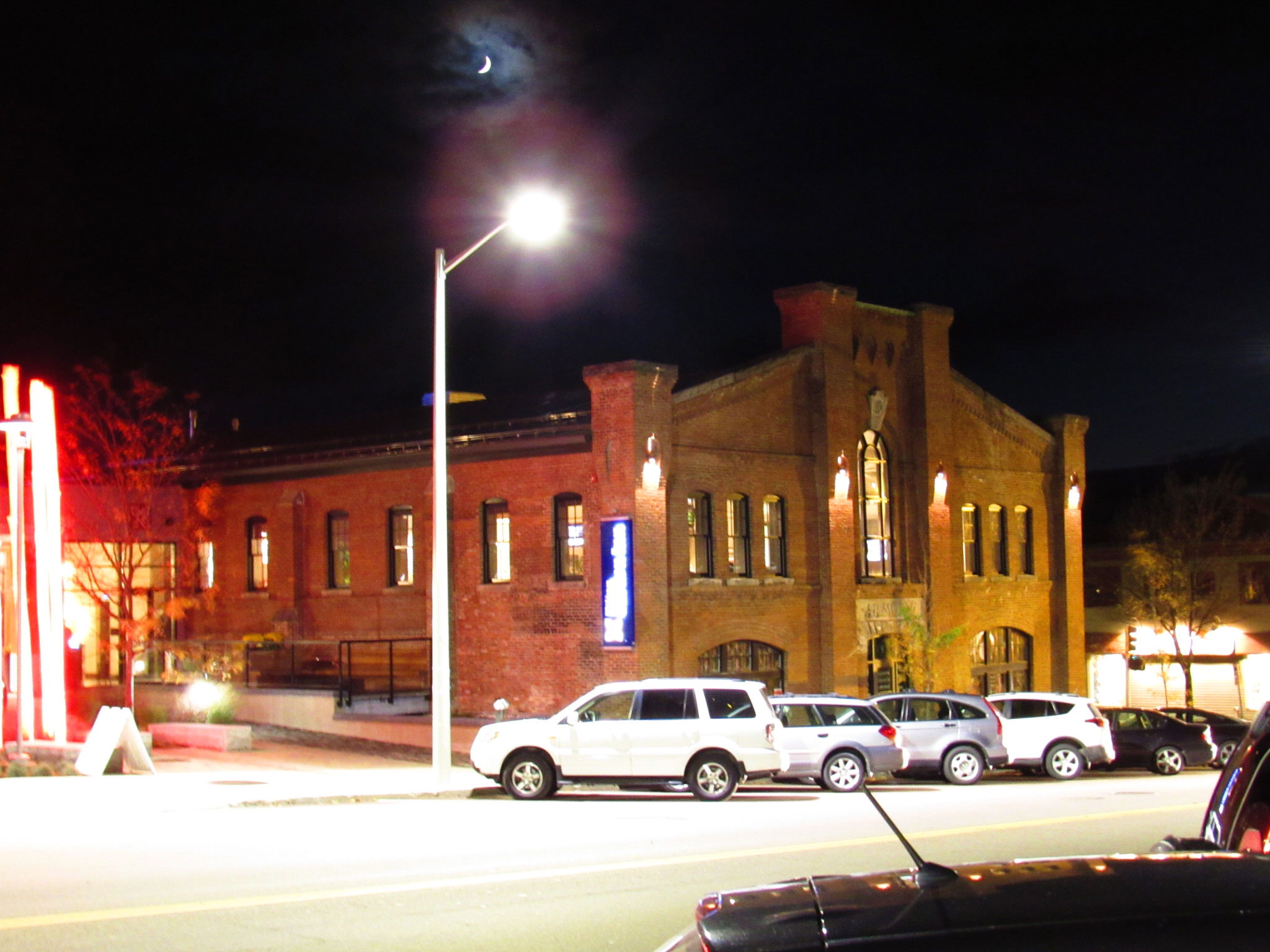
Figure 9. Photo of Burlington Armory by night. Photo by Dan Rhode
Hotel Vermont/ Historic Vermont House
Built in 1910-1911 the Hotel Vermont was for a long time a main attraction in Burlington, Vermont. A magnificent seven-story structure rises high among the buildings around the corner of Main Street and Pine Street. With 200 guest rooms and a large dining room, this beautiful Colonial Revival style hotel, designed by George M. Barret, brought a big city feel to downtown Burlington. The formal opening of the hotel took place on June 22, 1911 with a wonderful banquet by the Merchants’ Protective Association with over 300 guests, including Governor John Meade to other prominent local citizens.13
 Figure 10. Photo of Vermont House 2015. Photo by Dan Rhode
Figure 10. Photo of Vermont House 2015. Photo by Dan Rhode
 Figure 11. Interior of Hotel Vermont circa 1910. Library of Congress Archives accessed at www.loc.gov/
Figure 11. Interior of Hotel Vermont circa 1910. Library of Congress Archives accessed at www.loc.gov/
Among all of the other features there stood one main attraction that was a unique touch to the hotel, the rooftop garden. Located on the top of the hotel, the rooftop garden also functioned as a dining room. A large structure covered in glass the rooftop provided views of all of Burlington as well as to Lake Champlain and the Adirondack Mountains in New York State.
With the nearby transportation hub of Union Depot (the soon to be Union Station) just a few blocks away, many people found the hotel convenient when traveling.
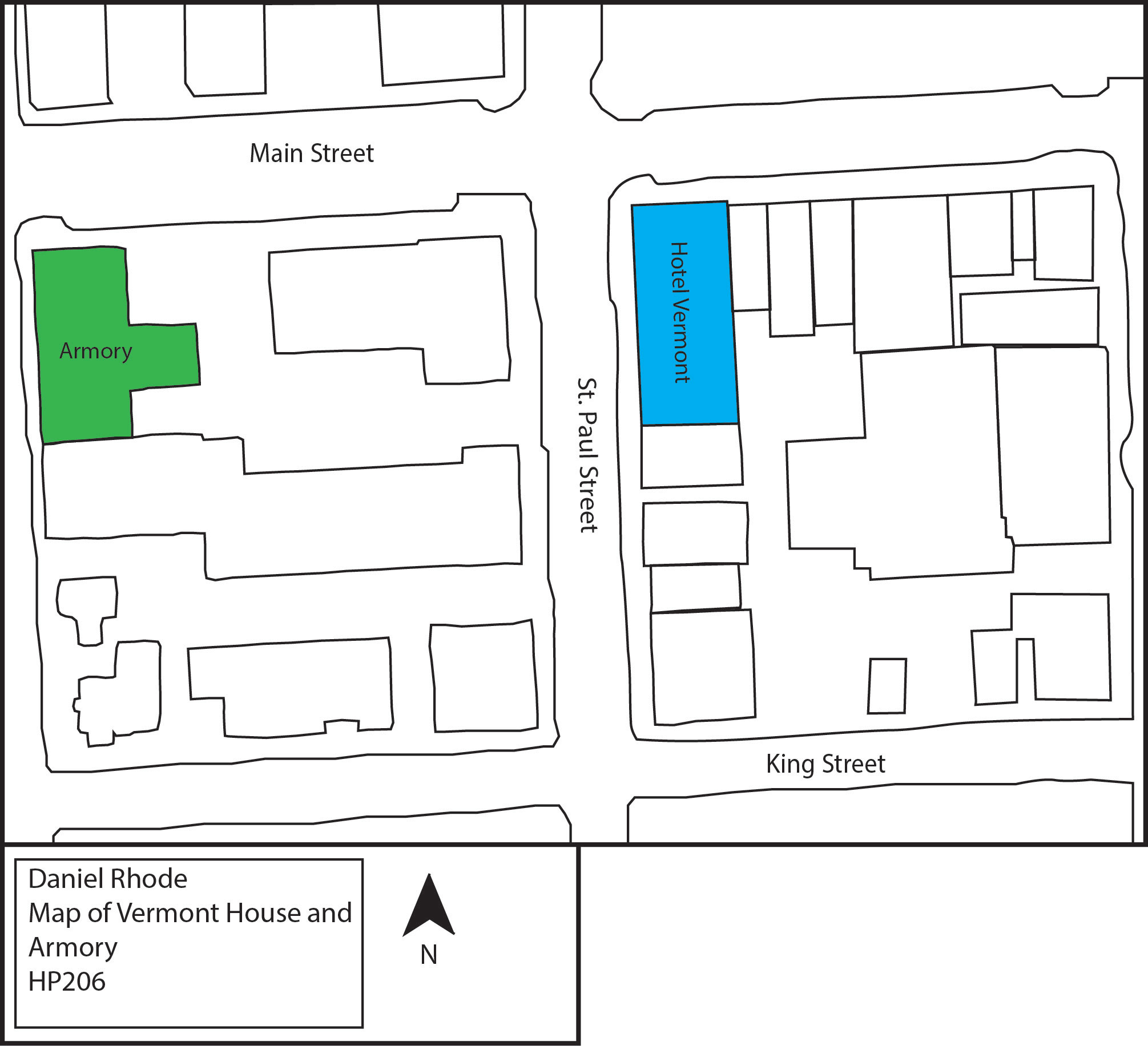 Figure 12. Location map of Hotel Vermont and Armory
Figure 12. Location map of Hotel Vermont and Armory
However less than a decade after the opening of the hotel in 1911, Prohibition was enacted in 1920. This slowed business for the hotel just a bit as it affected many other businesses during at the same time. Even during Prohibition, Hotel Vermont found ways to get by some sources note that the second floor dining room was equipped with two bathrooms. Each bathroom had a tub, and it was said that one of which was always filled to keep the liquor chilled.14 In 1933 at the end of Prohibition the owner Max Powell placed a new Hotel Vermont sign along the side of the hotel.15
In 1936 the hotel was sold to Edward Clarkson, who shortly after purchasing it, sold it Edward P. Woodbury, the same man who was the former captain of the Vermont National Guard. During World War II the hotel did well, attracting many celebrities and providing a boost to the local economy.16
However if the ease of access, thanks to car and rail, helped to spur the growth of Hotel Vermont it was also partially responsible for its decline. With the closing of Union Station and passenger rail service in 1953, and the development of cheaper motels in the area, even more pressure was felt by hotels like Hotel Vermont, and by 1959 it was for sale once again.
The 1960s could be considered the last age of The Hotel Vermont. It still attracted some visitors from near and far, and even hosted a number of notable figures in the 60s, but the guest numbers gradually declined. In 1970 the hotel went out of business. This would be the end of its use as a hotel.17
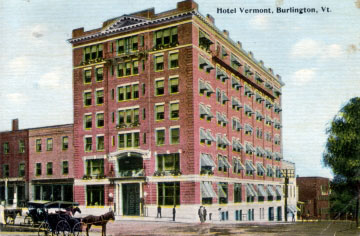 Figure 13. Postcard of Hotel Vermont, circa 1911. Landscape Change Program, University of Vermont accessed at www.uvm.edu/landscape
Figure 13. Postcard of Hotel Vermont, circa 1911. Landscape Change Program, University of Vermont accessed at www.uvm.edu/landscape
In 1970, the Vermont Hotel Association, remodeled the hotel into inexpensive efficiency apartments. This included 85 apartments and ten business units. However, due to fiscal problems in 1982, the apartment building went up for auction, but no buyer was found.18 It was later purchased by the Investors Corporation of Vermont in 1986 and remodeled again. This time the building was divided into 57 apartments and the name was changed to the Vermont House. The most recent changes came in 1997 when the apartments were converted into condominiums and sold by 2000, The Vermont House takes pride in the continued restoration and up keep of this historic building which has played such a pivotal role in the community and remains a spot of pride for Burlington today.
Notes
1. “Burlington’s new passenger station is open to traveling public”, Burlington Weekly Free Press, January 27, 1916.
2. David J. Blow, Historic Guide to Burlington Neighborhoods Vol I (Chittenden County Historical Society, 1997).
3. Ibid.
4. Ibid.
5. Interview by telephone with Melinda Moulton, October 23, 2015.
6. David J. Blow, Historic Guide to Burlington Neighborhoods Vol II, (Chittenden County Historical Society, 1997).
7. Ibid.
8. Ibid.
9. Ibid.
10. Ibid.
11. Burlington Weekly Free Press, March 2nd, 1967
12. David J. Blow, Historic Guide to Burlington Neighborhoods Vol II (Chittenden County Historical Society, 1997).
13. “Formal opening of Hotel Vermont,” Burlington Weekly Free Press, June 29, 1911.
14. “Hotel Vermont,” The Historic Vermont House, www.vermonthouse.org/Hotel_Vermont.php
15. David J. Blow, Historic Guide to Burlington Neighborhoods Vol II (Chittenden County Historical Society, 1997).
16. “Changes,” The Historic Vermont House, www.vermonthouse.org/Changes
17. Ibid.
18. “Renewal,” The Historic Vermont House, www.vermonthouse.org/Renewal.html